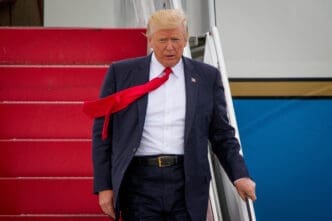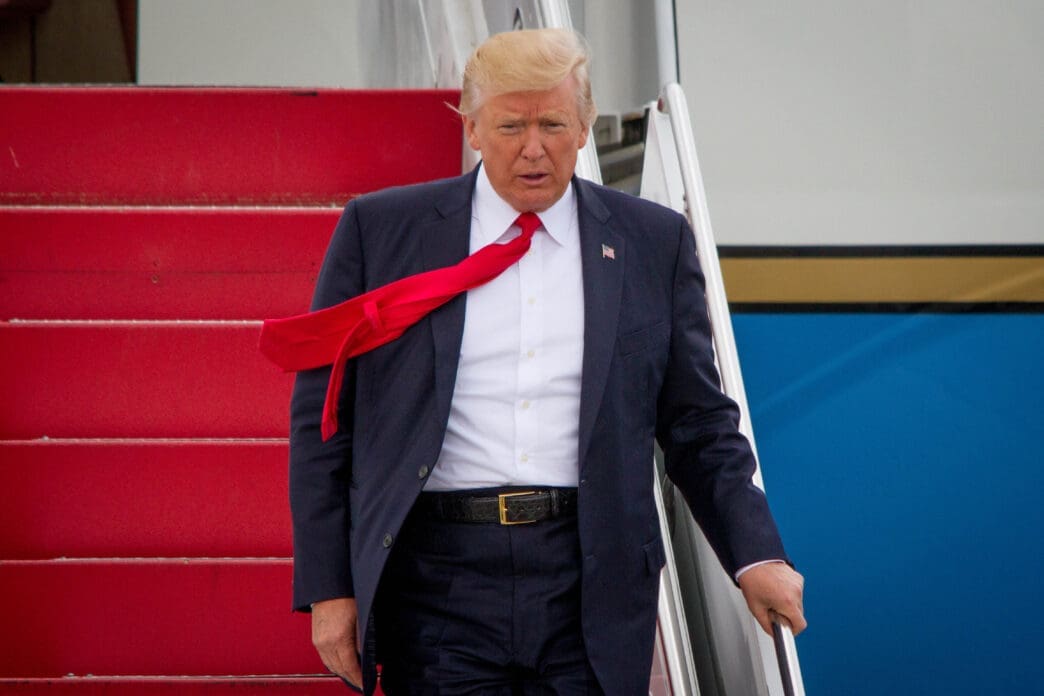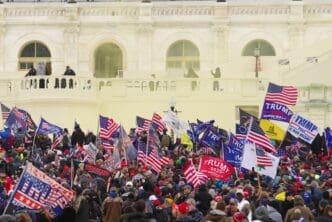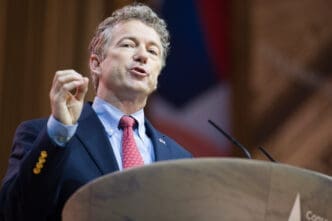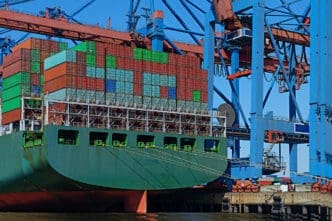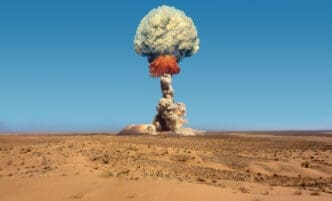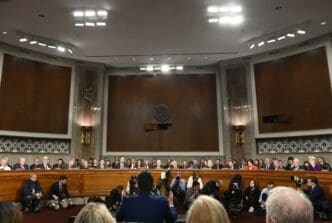Executive Summary
- President Trump issued a directive on October 30, to resume nuclear testing for the first time in 33 years, surprising many of his own advisers.
- The order created immediate questions regarding implementation, agency responsibility, and timeline, as the Pentagon did not swiftly act and experts noted practical challenges and the lack of recent explosive tests by other major nuclear powers.
- Experts expressed concern that resuming tests could disrupt the US nuclear modernization strategy, potentially benefit China by encouraging its own testing, and violate international treaties.
The Story So Far
- President Trump’s directive to resume nuclear testing, the first in 33 years, is driven by his stated concerns about the nuclear capabilities of other nations, particularly Russia’s recent test flights of nuclear-capable missiles and China’s rapid expansion of its nuclear arsenal. This instruction marks a significant departure from a decades-long international moratorium on explosive nuclear tests, which the US has observed since 1992 and China since 1996.
Why This Matters
- President Trump’s directive to resume nuclear testing, a move that surprised many of his own advisers, carries significant implications as it could disrupt existing nuclear deterrence strategies by potentially signaling a “green light” for nations like China to resume their own explosive testing, thus advancing their capabilities. However, immediate implementation faces substantial practical and legal hurdles, requiring years for scientific preparation and risking violations of international treaties, all while signaling a volatile shift in foreign policy with uncertain diplomatic ramifications.
Who Thinks What?
- President Donald Trump and Vice President JD Vance advocate for resuming nuclear testing, citing the need to ensure the U.S. arsenal remains effective and to keep pace with the large nuclear capabilities of Russia and China, despite the U.S. already having the largest arsenal.
- The Pentagon and Vice Adm. Richard Correll, nominated to oversee the American nuclear arsenal, appeared surprised by the directive and did not move swiftly to implement it, with Correll noting that neither China nor Russia has conducted explosive nuclear tests.
- Former U.S. officials and nuclear experts like Jon Wolfsthal express concern that resuming tests could disrupt current nuclear modernization strategies, potentially benefit China by giving them a “green light” to test, violate international treaties, and face significant practical and legal challenges that would delay any actual testing for years.
President Donald Trump issued a directive on October 30, instructing the Pentagon to resume nuclear testing for the first time in 33 years, a move that reportedly surprised many of his own advisers. The order was conveyed via social media minutes before Trump was scheduled to meet with Chinese leader Xi Jinping in South Korea, introducing an unexpected element into the high-stakes summit. Trump cited the nuclear capabilities of other nations as the rationale for ending the decades-long moratorium.
The instruction, delivered while Trump was en route to the summit, took even many of his senior advisers off guard, according to officials. Hours after the social media post, the Pentagon did not appear to be moving swiftly to implement the directive, and questions arose regarding the timeline and agency responsibility, as the Department of Energy typically manages the US nuclear stockpile.
Testifying on Capitol Hill, Vice Adm. Richard Correll, nominated to oversee the American nuclear arsenal, indicated he was not “reading anything” into Trump’s post. Correll noted that neither China nor Russia has conducted explosive nuclear tests, suggesting a potential disconnect between the president’s statement and current international practices.
Vice President JD Vance offered limited clarity on the message, stating that “the president’s Truth speaks for itself.” He added that while the US arsenal is known to work properly, testing could be necessary to “keep on top of it over time,” referencing the large arsenals of Russia and China.
Trump later clarified aboard Air Force One that his message did not specifically relate to China, despite naming the country in his initial post, vaguely referring to “others doing testing.” He also stated, “The United States has more Nuclear Weapons than any other country. This was accomplished, including a complete update and renovation of existing weapons, during my First Term in office. Because of the tremendous destructive power, I HATED to do it, but had no choice!”
Some officials suggested the directive might have been prompted by recent Russian test flights of nuclear-capable cruise missiles and torpedoes, although these did not involve nuclear detonations. China has also been rapidly expanding its nuclear arsenal, a development that has generated concern among US administration officials.
However, neither China nor Russia has conducted an explosive nuclear test in decades, with China’s last known test occurring in 1996. The last US nuclear explosive test was conducted in 1992.
Potential Implications and Challenges
Former US officials specializing in nuclear issues expressed concerns that resuming tests could disrupt the current nuclear modernization strategy aimed at deterring China’s buildup. They also suggested that such a move might benefit China more than the US, potentially giving Beijing a “green light” to resume its own explosive testing, which could technically advance its capabilities.
Jon Wolfsthal, director of global risk at the Federation of American Scientists, highlighted the practical challenges of immediate testing. While the United States maintains a test site in Nevada, he noted that scientifically instrumenting a test to gather necessary data could take years. Any immediate atmospheric tests would also violate a number of international treaties.
Wolfsthal further indicated that states like Nevada could sue to block the president’s ability to conduct such tests, implying that the US is “several years away from being able to conduct explosive nuclear tests” even if the political will were immediate.
Outlook on Nuclear Testing
The president’s unexpected announcement underscores a volatile approach to foreign policy nine months into his second term. While the directive to resume nuclear testing has generated significant debate and surprise among officials and experts, the practical timeline and diplomatic ramifications of such a move remain uncertain.

